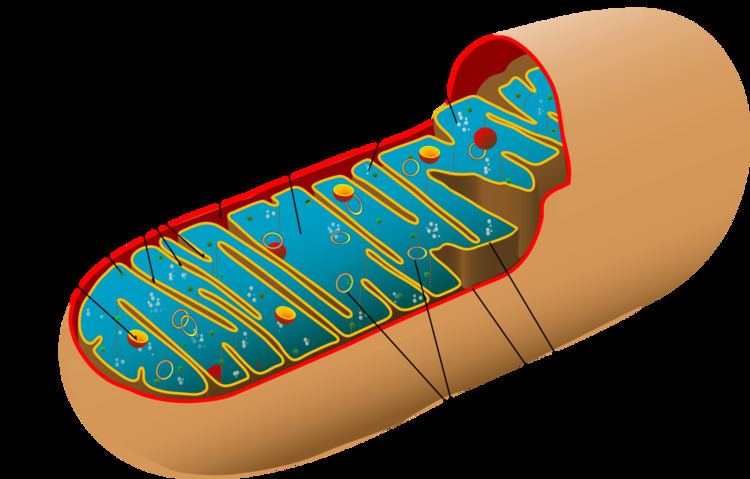Specialty neurology MeSH D017240 | ICD-10 G71.3 | |
 | ||
Mitochondrial myopathies are types of myopathies associated with mitochondrial disease. On biopsy, the muscle tissue of patients with these diseases usually demonstrate "ragged red" muscle fibers. These ragged-red fibers contain mild accumulations of glycogen and neutral lipids, and may show an increased reactivity for succinate dehydrogenase and a decreased reactivity for cytochrome c oxidase. Inheritance is maternal (non-Mendelian extranuclear). There are several subcategories of mitochondrial myopathies.
Contents
Signs and symptoms
Signs and symptoms include (for each of the following causes):
Treatment
Although no cure currently exists, there is hope in treatment for this class of hereditary diseases with the use of an embryonic mitochondrial transplant.
References
Mitochondrial myopathy Wikipedia(Text) CC BY-SA
